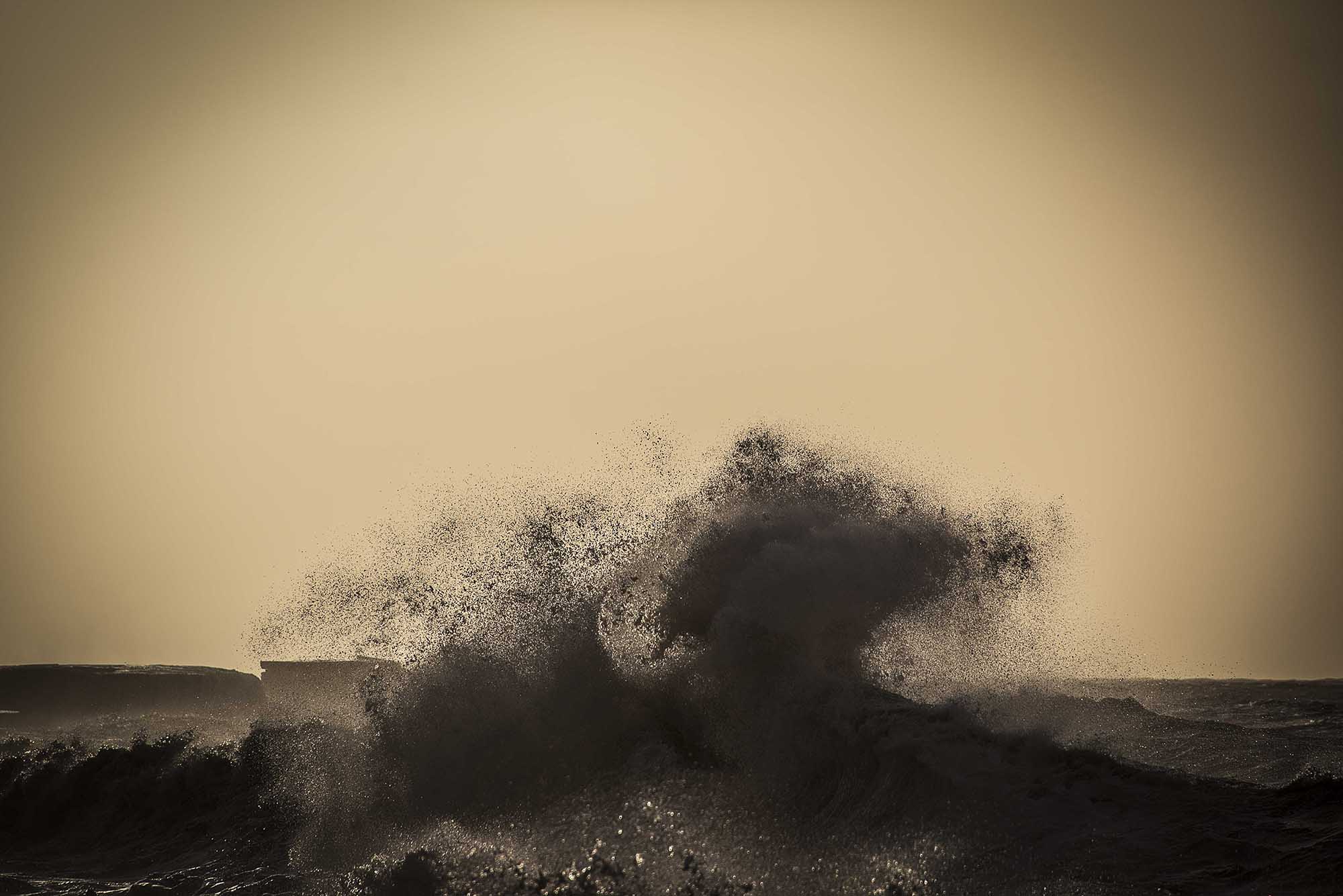
Exploring Exposure - Shutter Speed

There are three main elements that come into consideration when I decide on what exposure to use for an image, the shutter speed, the aperture, and the ISO. In this article I'll move away from physical equipment, and discuss exposure, and the elements that make up how I decide what to use in any situation. I'll focus on the shutter for now, as the full exposure subject is so vast, it needs to be broken down into the various components.
So what is a shutter, and how do shutter speeds influence how an image is taken? Much as I'd like to think tiny, magical unicorns influence how my images come out (I still believe in unicorns), they do not play a role in photographic exposure. The shutter on a camera acts as the gatekeeper of how much light enters through the lens and onto the camera sensor (or film). When you take a photo, the shutter moves at varying speeds to allow a controlled amount of light through, giving you your exposure. This can be as fast as 1/8000th of a second, through to as long as you wish the shutter to remain open.
A faster shutter speed is used in faster paced environments, like sports or wildlife scenarios, where time is of the essence, and the photographer is trying to freeze the action. We've all seen images of footballers caught up in the air, heading a ball, a bird in flight, or a cheetah chasing down its prey. These images all rely on extremely fast shutter speeds to capture what the eye sees as a blur. Intense light situations, like photographing in the desert at noon, or on open water with the sun reflecting off the waves, also call for fast shutter speeds to prevent the image being over exposed.

An example of a faster shutter speed is the image above, taken of a wave crashing just off the coast of Sunny Sands in Folkestone. The shutter speed is 1/2000th of a second, freezing the tiny drops of water in the air above the wave. The sky was tinted by sand particles blown over from the Sahara by very strong winds. I had pointed the lens straight into the rising sun, causing the wave to be silhouetted by the sunrise. An aperture of f8 gave the image a sharpness throughout the wave. Without a fast shutter speed, I would have lost what I really wanted to capture, the finer details in the wave itself. Even though these droplets are frozen, there is still a sense of movement in the image.
The image below was taken before dawn, minutes after high tide had peaked. The waves were still breaking over the bottom of the steps leading down to the beach. It was a gloomy start to the day, with rain and low lying dark clouds. For some reason, the steps really grabbed my attention on this morning, and I wanted to capture the waves breaking over the bottom of them with a slow shutter speed, giving a sense of the movement of the water. I set my tripod up in the surf, as it was essential with my 5 second shutter speed. Crouched down in the water in my wellies, I pressed the shutter button. Just before the exposure was done, I felt the tripod move in the sand as the tide went out. This slightest movement caused a bit of ghosting around the key elements in the image. By converting the image to black & white, along with the slow shutter speed, it has a sense of atmosphere. Once again, there is movement to the image, given by the tide going out, and the slightest of ghosting. Normally I would have deleted this image due to the shift of the tripod, but something really caught my imagination with this image. The slower 5 second exposure really highlights the movement of water, changing an image radically from what it would have looked like at a faster shutter speed.

The final image below is an extreme example of slow shutter speeds. Taken out of my window at home a couple of years back, it consists of 173 images, each one with a 20 second exposure. These images were taken over a period of almost two hours, as I tried to capture the launch of Elon Musk's Starlink satellite train. I originally did this timelapse to use for video, but thought it would be fun to stack the images and give the full star trail effect. Okay, it's not technically a long exposure, but each image is a longer than standard exposure.

This covers the basic use of the shutter in photography, and how varying shutter speeds can be used for different effects. In the next article, I'll discuss the use of the aperture in exposure, but if you have any questions regarding the shutter, please do contact me.
